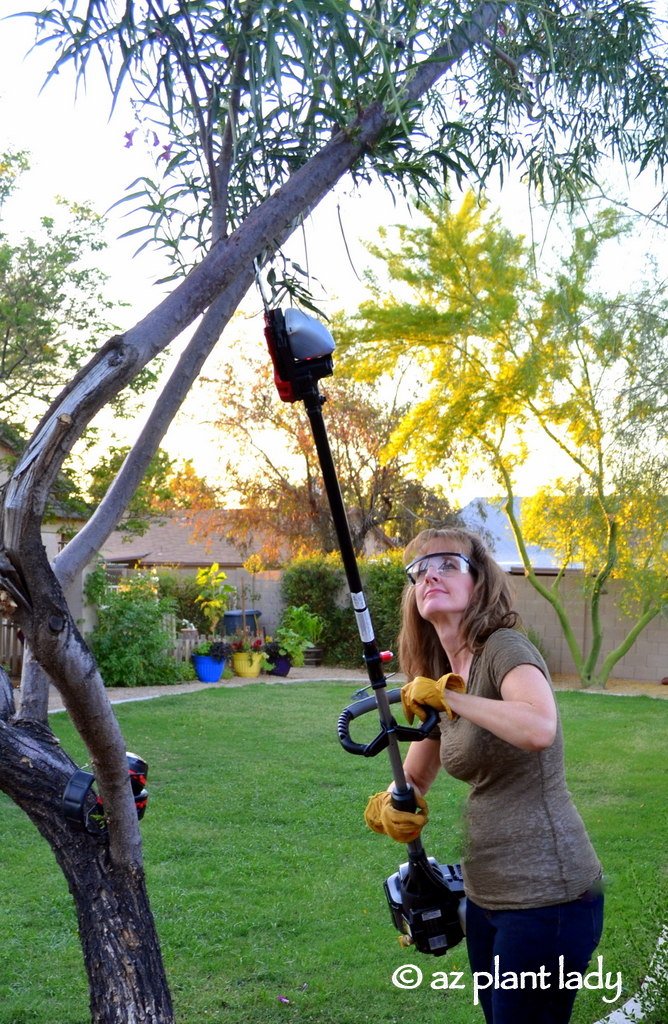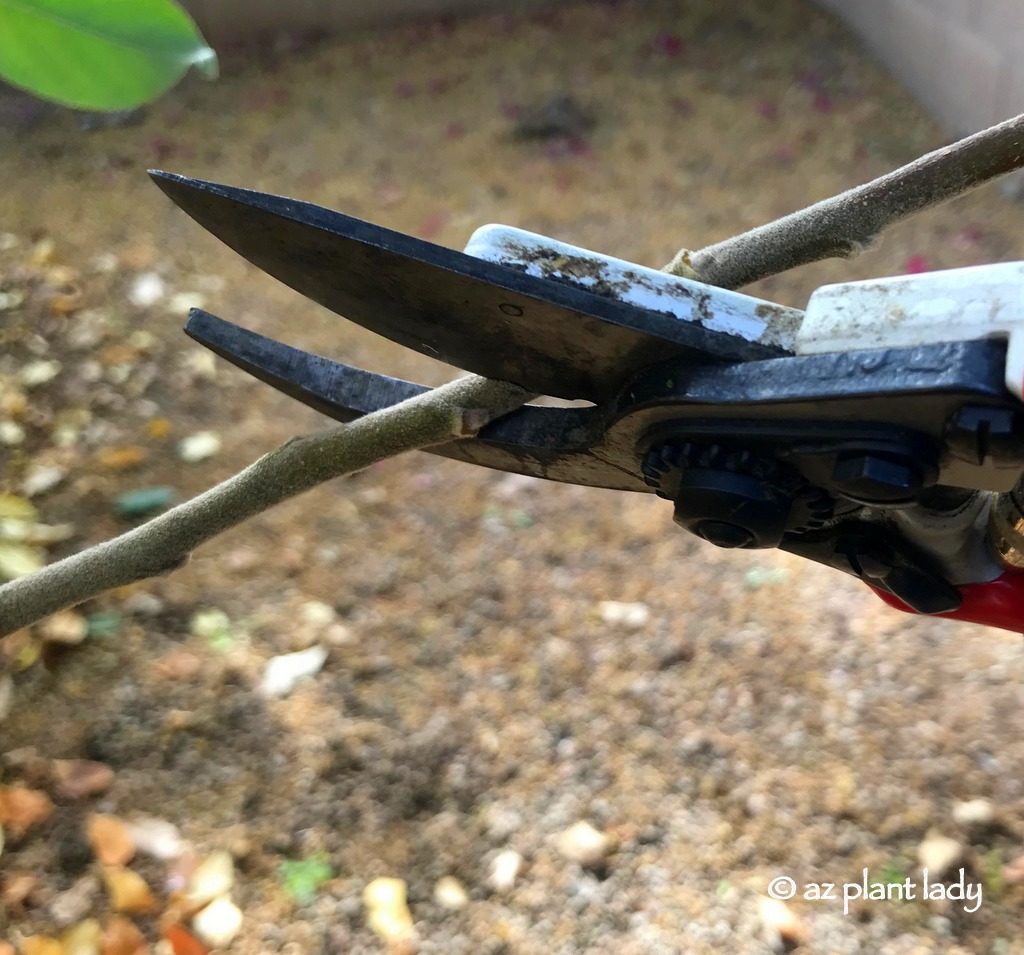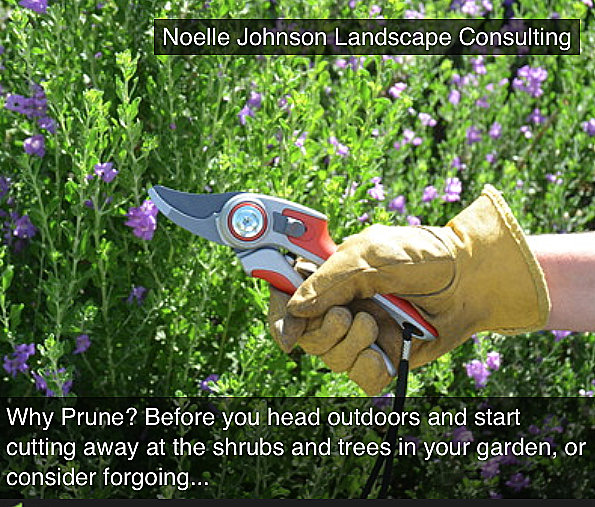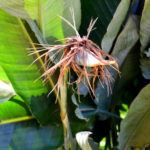Ready to Prune? Here Are Common Pruning Terms Defined

Understanding Key Pruning Terms for a Beautiful Garden
As the garden begins to awaken in spring, our thoughts turn to getting our plants ready for the growing season, which often involves pruning.
Pruning your favorite shrubs and trees is essential to maintain their health and appearance. To do this properly, you need to be familiar with common pruning terms. As a certified arborist, I’m here to help you understand these terms, so you can care for your plants effectively, whether you do it yourself or hire a professional.
5 Reasons Why Pruning Is Important
There are different types of pruning, each of which, are used to accomplish particular results, ultimately keeping your plants attractive and healthy.
Before diving into pruning terms, let’s explore why pruning matters:
- Encourages Strong Branching: Pruning eliminates weak or crossing branches and promotes strong growth.
- Removes Dead or Diseased Wood: It helps maintain the overall health of your plants.
- Stimulates New Growth: Proper pruning encourages attractive, new growth.
- Enhances Wind Resistance: It makes your trees more resistant to windy conditions.
- Improves Air Circulation: Pruning promotes air circulation, reducing the risk of fungal diseases.
In short, pruning is crucial for maintaining the beauty and vitality of your garden’s trees and shrubs.

If you are learning how to prune your trees and shrubs yourself, it’s especially important to learn about the various ways of pruning to help you determine which way(s) are the best to employ.
A List of 10 Common Pruning Terms
Now, let’s dive into some of the most frequently used pruning terms:
1. Crown:
The upper part of a tree, including branches, stems, and leaves, often referred to as the “canopy.”
2. Crown Cleaning:
Pruning away dead or diseased branches and stems, including the removal of “stubs” or dead branch bases.
3. Crown Raising:
Removing lower branches to elevate the crown of a tree or shrub for clearance.
4. Crown Reduction:
The removal of part of a tree or shrub’s outer growth to prevent wind damage or excessive growth.
5. Crown Thinning:
Removing select interior branches to improve air circulation and reduce the tree’s weight while maintaining its shape.
6. Heading Back:
Pruning branches by up to half of their length to reduce outward growth and promote a natural shape.
7. Root Prune:
Trimming roots, often with a root barrier, when they pose problems to foundations, sidewalks, or walls.
8. Shearing:
Using hedge trimmers to remove a portion of a shrub’s outer growth, commonly for formal hedges or topiary.
9. Structural Pruning:
Shaping young trees by selecting branches for a strong form and better wind resistance.
10. Topping:
The harmful practice of removing the top part of a tree, which should be avoided due to its detrimental effects on the tree.

Best Garden Pruning Tools
Lastly, let’s discuss some common pruning tools:
- Chainsaw: Ideal for cutting larger branches that other tools can’t handle.
- Hand Pruners: Used for cuts under 1 inch in diameter; bypass pruners are recommended for clean cuts.
- Hedge Trimmer: Comes in manual and power forms for shearing cuts in shrubs.
- Loppers: With long handles, they cut branches up to 2 inches in diameter and are suitable for tree branches and shrub interiors.
- Pole Pruner: Allows pruning high branches while staying on the ground, available in manual and power options.
- Pruning Saw: Suitable for branches over 1½ inches in diameter, it’s essential for larger limbs and branches.
Understanding these pruning terms and tools will help you maintain a beautiful and healthy garden.
The Ugly Stepsister – The Floral Edition

 Noelle Johnson, aka, 'AZ Plant Lady' is a author, horticulturist, and landscape consultant who helps people learn how to create, grow, and maintain beautiful desert gardens that thrive in a hot, dry climate. She does this through her consulting services, her online class Desert Gardening 101, and her monthly membership club, Through the Garden Gate. As she likes to tell desert-dwellers, "Gardening in the desert isn't hard, but it is different."
Noelle Johnson, aka, 'AZ Plant Lady' is a author, horticulturist, and landscape consultant who helps people learn how to create, grow, and maintain beautiful desert gardens that thrive in a hot, dry climate. She does this through her consulting services, her online class Desert Gardening 101, and her monthly membership club, Through the Garden Gate. As she likes to tell desert-dwellers, "Gardening in the desert isn't hard, but it is different."







